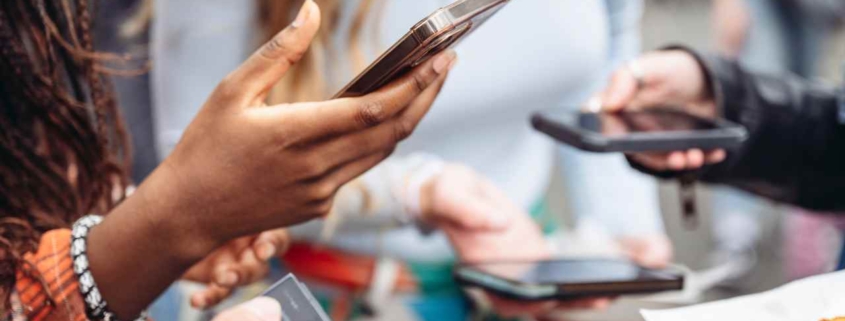Protecting Your Personal Information on Social Media
In today’s digital age, social media has become an integral part of our lives. It’s where we connect with friends and family, share our experiences, and stay updated on current events. However, the convenience of social media comes with significant risks to our personal information. Here’s how you can protect your privacy and keep your data safe while enjoying social media.
Adjust Your Privacy Settings
Each social media platform offers privacy settings to control who can see your posts and personal information. Regularly review these settings and customize them to limit visibility to only trusted friends or connections. Make your profile visible only to your friends or connections. Avoid making your profile public, which can expose your personal information to anyone on the internet. Use features that allow you to choose who can see specific posts. Share sensitive information only with a select group of trusted individuals.
Be Cautious with Personal Information
Refrain from sharing sensitive information such as your home address, phone number, or financial details. Oversharing can make you a target for identity theft and other malicious activities. Consider the long-term implications of what you share. Once posted, information can be difficult to remove and may be accessible to others indefinitely. For additional privacy, consider using a nickname or alias, especially on platforms where your real identity isn’t necessary.
Beware of Phishing and Scams
Be wary of messages or friend requests from unknown individuals. Phishing scams often use messages that appear to be from trusted sources to steal your information. Avoid clicking on links from unverified sources. Phishing scams frequently use malicious links to trick you into revealing personal information. Use the platform’s reporting features to report suspicious messages or accounts. This helps maintain a safer online environment for everyone.
Secure Your Account
Create strong, unique passwords for each social media account. A strong password typically includes a mix of letters, numbers, and special characters. Add an extra layer of security by enabling 2FA. This requires a second form of verification, such as a code sent to your phone, in addition to your password. Change your passwords periodically to enhance security. Ensure your account recovery information, like email addresses and phone numbers, is up-to-date.
Monitor Your Digital Footprint
Regularly search for your name online to see what information is publicly available. This helps you identify and address any privacy concerns. If you find personal information that you don’t want to be public, take steps to remove or secure it. Keep up-to-date with the latest social media privacy practices and updates. Platforms frequently update their settings and policies, so staying informed helps you maintain optimal security.
- Gift Guide: Smart Home Upgrades That Actually Matter - December 15, 2025
- Fire Safety in the Kitchen: Thanksgiving Cooking Precautions - November 20, 2025
- Halloween is all fun and games, until safety gets overlooked - October 23, 2025



